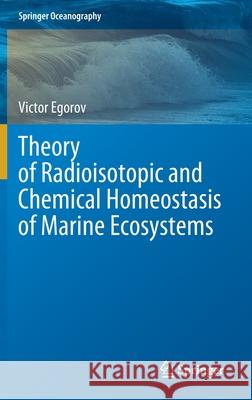Theory of Radioisotopic and Chemical Homeostasis of Marine Ecosystems » książka
topmenu
Theory of Radioisotopic and Chemical Homeostasis of Marine Ecosystems
ISBN-13: 9783030805784 / Angielski / Twarda / 2021 / 312 str.
Theory of Radioisotopic and Chemical Homeostasis of Marine Ecosystems
ISBN-13: 9783030805784 / Angielski / Twarda / 2021 / 312 str.
cena 605,23
(netto: 576,41 VAT: 5%)
Najniższa cena z 30 dni: 578,30
(netto: 576,41 VAT: 5%)
Najniższa cena z 30 dni: 578,30
Termin realizacji zamówienia:
ok. 22 dni roboczych
Bez gwarancji dostawy przed świętami
ok. 22 dni roboczych
Bez gwarancji dostawy przed świętami
Darmowa dostawa!
Kategorie:
Kategorie BISAC:
Wydawca:
Springer
Seria wydawnicza:
Język:
Angielski
ISBN-13:
9783030805784
Rok wydania:
2021
Wydanie:
2021
Numer serii:
000475204
Ilość stron:
312
Waga:
0.63 kg
Wymiary:
23.39 x 15.6 x 1.91
Oprawa:
Twarda
Wolumenów:
01
Dodatkowe informacje:
Wydanie ilustrowane











